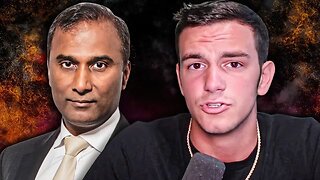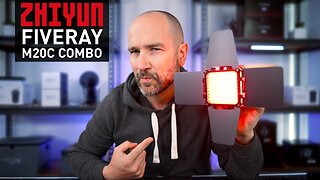Comprehensive Guide to Strokes: Causes, Types, Symptoms, Diagnosis, Treatment, and Prevention
**Introduction:**
A stroke is a medical emergency that occurs when there's a disruption in the blood supply to the brain. This can lead to brain cell damage and loss of function in the affected area. Understanding the causes, types, symptoms, diagnosis, treatment, and prevention of strokes is essential for timely intervention and reducing their impact.
**Causes:**
Strokes are primarily caused by two main factors:
1. **Ischemic Stroke:** This occurs when a blood vessel supplying the brain becomes blocked by a blood clot or fatty deposits, restricting blood flow to brain cells.
2. **Hemorrhagic Stroke:** This type results from the rupture of a blood vessel in the brain, leading to bleeding and increased pressure within the skull.
**Types:**
1. **Ischemic Stroke:** The most common type, it's divided into two subtypes: thrombotic (caused by a clot forming in a blood vessel within the brain) and embolic (caused by a clot that travels from another part of the body to the brain).
2. **Hemorrhagic Stroke:** This type is further divided into intracerebral (bleeding within the brain tissue) and subarachnoid (bleeding in the space between the brain and the thin tissues covering the brain).
**Symptoms:**
Strokes can cause a range of sudden and severe symptoms, including:
- **Sudden numbness or weakness in the face, arm, or leg, especially on one side of the body**
- **Difficulty speaking or understanding speech**
- **Sudden confusion, trouble seeing, or trouble walking**
- **Severe headache with no known cause**
**Diagnosis:**
Immediate medical attention is crucial for stroke diagnosis. Diagnostic methods include:
- **Physical Examination:** Checking for symptoms and evaluating neurological function.
- **Imaging Tests:** CT scans or MRI to determine the type of stroke and its location.
- **Blood Tests:** To assess blood clotting time and rule out other conditions.
**Treatment:**
Treatment depends on the type of stroke and its severity:
- **Ischemic Stroke:** Medications like clot-busting drugs (tPA) may be administered within a certain time window. Mechanical thrombectomy can also be performed to remove a clot.
- **Hemorrhagic Stroke:** Immediate surgery might be needed to stop bleeding and repair the damaged blood vessel.
**Recovery and Rehabilitation:**
After a stroke, rehabilitation plays a vital role in regaining lost function. It includes physical therapy, speech therapy, occupational therapy, and psychological support.
**Prevention:**
Preventing strokes involves managing risk factors, such as:
- **Controlling High Blood Pressure:** This is a major risk factor for strokes.
- **Managing Diabetes:** Keeping blood sugar levels in check.
- **Maintaining a Healthy Lifestyle:** Regular exercise, a balanced diet, and not smoking.
- **Limiting Alcohol Consumption:** Excessive alcohol can raise stroke risk.
- **Controlling Cholesterol:** High levels can contribute to artery blockages.
**Conclusion:**
Strokes are serious medical events that demand prompt medical attention. Recognizing the symptoms, understanding the types, and knowing the risk factors can aid in timely intervention and better outcomes. By focusing on prevention and adopting a healthy lifestyle, individuals can take steps to reduce the risk of stroke and its devastating consequences. If you suspect a stroke, seek immediate medical assistance to maximize the chances of recovery.
-
 16:09
16:09
Clownfish TV
9 hours agoMicrosoft DISABLES Windows Recall After MASSIVE Public Backlash!
16.8K38 -
 16:17
16:17
TENET Media
12 hours agoThe Shopping Cart Theory | Matt Christiansen
15.8K17 -
 17:55
17:55
JoBlo Originals
21 hours agoWhat Happened to EPIC MEAL TIME?
17.7K4 -
 31:02
31:02
Degenerate Plays
11 hours agoBest Girl Needs Her Swimsuit - Final Fantasy 7: Ever Crisis : Part 2
17K1 -
 48:14
48:14
World Nomac
1 day agoMy First Time in Shanghai, China 🇨🇳
19.1K6 -
 2:57:13
2:57:13
SNEAKO
11 hours ago"Who Do You Hate the Most?" - One Minute Podcast
92.2K89 -
 4:47:25
4:47:25
SonnyFaz
7 hours agoDr. Shiva x Sonny IRL
52.4K17 -
 4:28:03
4:28:03
LumpyPotatoX2
13 hours agoSub-Sunday on Rumble - #RumbleTakeover
64.7K4 -
 26:04
26:04
iamLucid
1 day agoVideo Game Piracy is Unstoppable
91.5K47 -
 16:31
16:31
GeekyNerdyTechy
1 day agoZHIYUN Fiveray M20C Combo Light Review & Tutorial
110K8